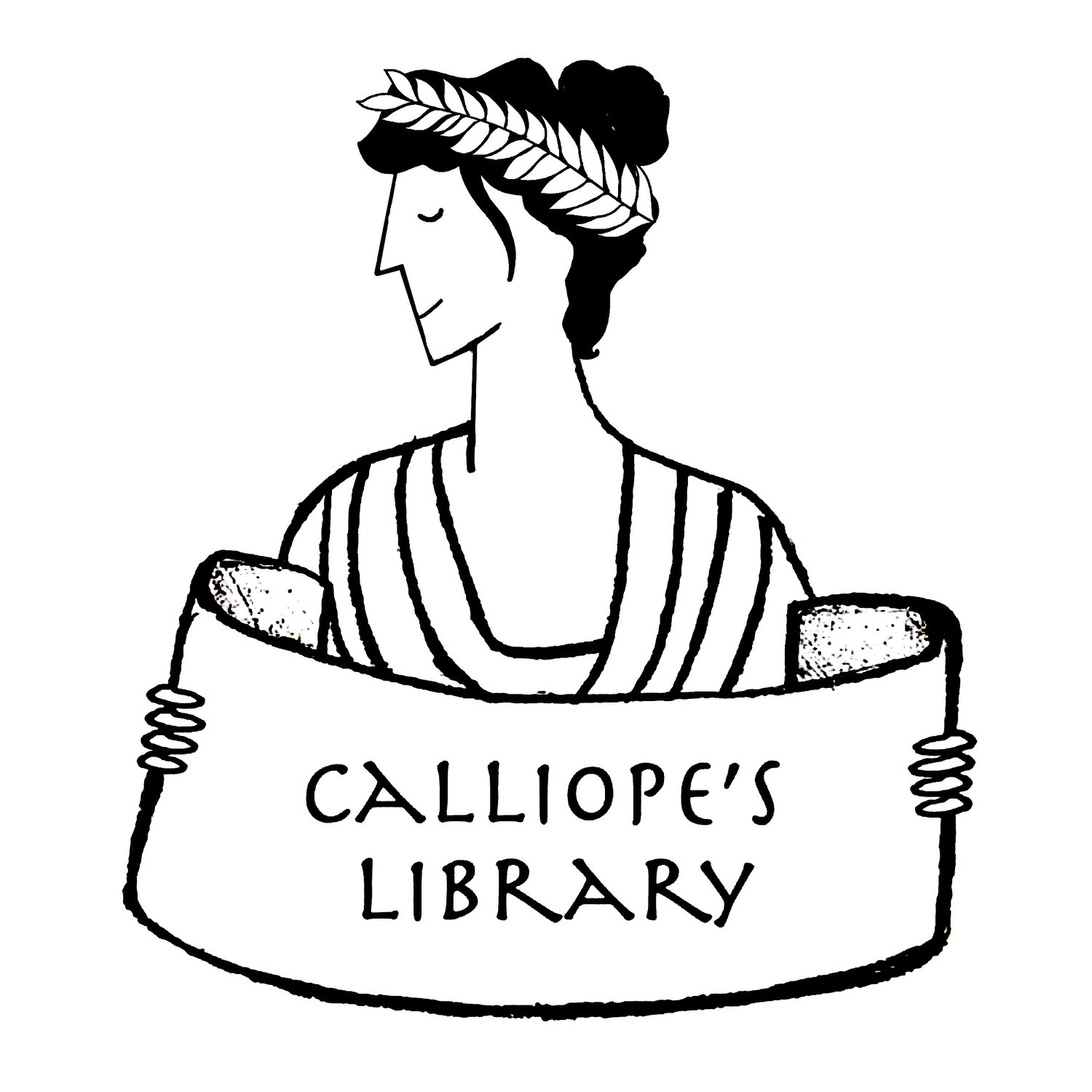Title: Centaur School (Beasts of Olympus vol. 5)
Author: Lucy Coats
Illustrator: Brett Bean
Date: 2015
Tags: Chapter book, Novel, Mythology, Mythical beasts, Myrmidons, Anteaus, Ancient worlds, Male lead, Lead with a learning disability, Animal characters, English
Demon’s learning some real healing skills at last, under the watchful eye of the great centaur healer Chiron. He’s going to need them, though, because there’s a plethora of plagues perturbing his feathery friends. The Griffin is losing his feathers, Athena’s owl is about to hack up a lung, and somewhere out there there’s a phoenix in dire need of medical attention. Demon’s magic box is off limits, so he has to figure out how to treat his patients using his own new medical know-how. Is Demon up to the task? Will Athena flatten him to a pancake if her owl doesn’t get better? Will the Griffin finally carry through on his threat to bite off Demon’s fingers? Most importantly, will Demon ever get a break?
In spite of all the challenges he faces, Demon is really coming into his own in this book. He’s learning new skills and navigating his complex world and challenging job with (relative) ease. That means that he has more trust placed in him by the gods, and more responsibilities, too. One of the most important skills that Demon is working on is learning to read. Young readers who struggle to learn to read, particularly folks with learning disabilities, will appreciate that Demon finds reading much easier with the help of tinted lenses.
This story is less obviously inspired by any one myth than it is set within a mythological setting. Peleus, current prince of the Myrmidons and Achilles’ future father, plays a major role, as do Chiron, Athena, and the giant Antaeus, fresh off his defeat at Hercules’ hands. Chiron’s less cultured centaur relatives show up for a while to cause some mayhem, too. At this point, though, Demon’s world is well-developed enough that he’s ready to make his own myths. – Krishni Burns
* For further information on the Our Mythical Childhood Survey, please refer to the website of the project “Our Mythical Childhood” [link: http://omc.obta.al.uw.edu.pl/], led by Prof. Katarzyna Marciniak at the Faculty of “Artes Liberales,” University of Warsaw, Poland, with the participation of Bar Ilan University, University of New England, University of Roehampton, University of Yaoundé 1, and other affiliated scholars, within the funding from the European Research Council (ERC) under the European Union’s Horizon 2020 Research and Innovation Programme (grant agreement No 681202).






